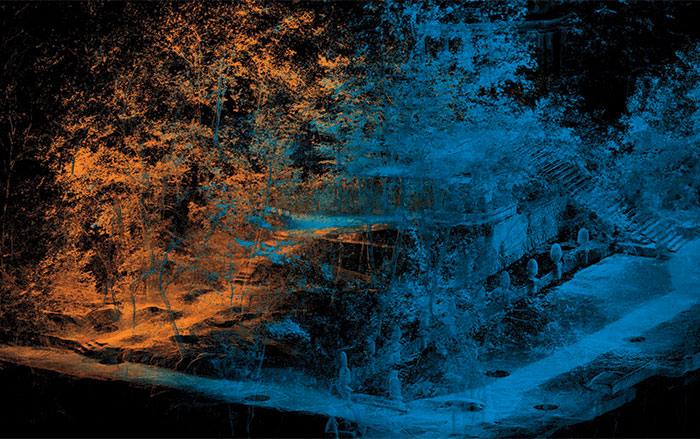
BOLOGNA, ITALY—According to a statement released by the University of Bologna, researchers analyzed three Neanderthal baby teeth that came from three different Neanderthal children who lived in northeastern Italy between 45,000 and 70,000 years ago. The examination of growth lines in the teeth and chemical analysis with a laser-mass spectrometer indicate that the children began to eat solid food at about five to six months of age. Alessia Nava of the University of Kent said that modern humans also introduce solid foods at about this age, when the infant’s growing brain begins to need more energy than that provided by milk alone. The study therefore suggests that modern human and Neanderthal newborns may have been of similar size and development at birth. The chemical analysis of the Neanderthal baby teeth also shows that the children spent most of their time in the same region, consuming local resources. For more research on Neanderthal breastfeeding, go to "World Roundup: Belgium."











